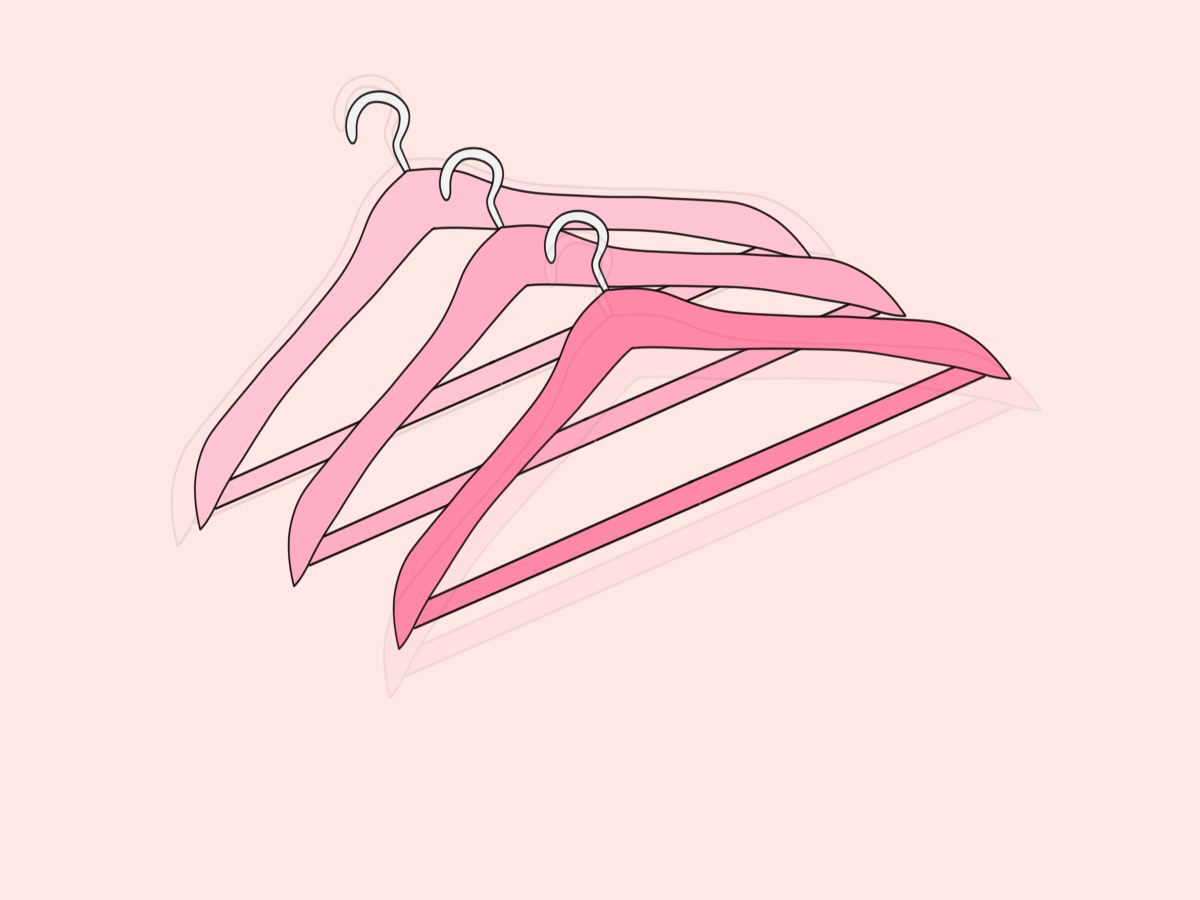With the growing concern of diversity in fashion, it’s easy to let our guards down and assume we’re in a new all-welcoming age of the industry. When in reality, we are as far from that golden age as ever; they have simply learned to hide it better. I am referring to how fashion somewhat programs ‘ideal’ body images to both men and women.
A quick glance at runway shows or magazine covers could tell us that much. But another place this exists is in fashion trends that seem to stem from Tik-Tok or Instagram. These trends appear in our control but are far from it. In actuality, brands promote these trends for financial gain. There is nothing wrong with brands altering their business models to reach wider audiences. But there are many harms that come from promoting certain trends.
The reigning trend of summer ‘21 is anything and everything Y2K. That means chunky chains, baguette bags and butterfly hair clips. Y2K is also about paying homage to the fashion icons of the late 90s and early 2000s (big shoutout to Dione from Clueless). There are a lot of fun accessories and bright colours inspired by Y2K fashion. However, the clothes can be problematic for the average woman. Some examples of Y2K clothing include front-tie tops, tiny crop-tops, low-rise jeans, and anything cut-out. These styles embrace the fun and flirty attitude of the 2000s. But how many women can join in on the fun?
Of course, women of all shapes and sizes can choose to follow these trends. But clothing companies create and advertise these trends on certain body types. Often petite. The average woman in Britain wears a size 16 which is a fuller and curvier shape. This means the clothing trends often advertised are not flattering on a majority of us. Every new fashion trend will suit some women and exclude others; it’s natural for this to be the fact. But what’s interesting is the specificity of the body shapes promoted.
Tie-front cardigans and teeny crop-tops are only flattering if you are petite and have slender shoulders and a small bust. Low-rise jeans not only request a flat stomach but you also need small hips and a small butt. So, it is not a natural occurrence in which some women cannot join trends; rather a deliberate exclusivity. Exclusivity is no secret. The stores that sell a lot of Y2K trend pieces exclude a majority of women. Subdued, for example, sells their clothing only up to a UK size 12. Furthermore, the store also limits a lot of the products to only sizes small and medium (UK 8 and 10). If the average size of women is not even available, it speaks volumes to who is not welcome to enjoy the clothing.

Along with exclusivity, there is also the false promise that these body shapes are attainable for everyone. With every new trend, there is an increase in workout routines and fad diets. Each diet promises success in reaching the season’s body ideal. This is the most damaging outcome of fashion trends coming with fixed body shapes in mind.
When ‘plus size’ models were becoming more popular so did the fuller hourglass figure. During this time workouts for a bigger butt and smaller waist skyrocketed. Every woman set out to grow a ‘dump truck’. A few months later, slim and slender bodies were all over social media as the new goal. Two extremes within months of each other yet somehow we are still expected to keep up.
Fashion nostalgia can be fun but the trends often induce insecurity. This is not only an issue for this summer; by autumn the fashion industry will move the goal post yet again. Even when fashion promotes somewhat normal bodies, there is always a catch. The popularity of curvy figures was limited to hourglasses with perfect flat stomachs. Cellulite is also ignored in the ‘ideal hourglass’ shape’. This omission of real women’s bodies keeps us in a never-ending cycle of insecurity and striving for perfection.
The fashion industry is heading in a good direction with representation of different races. But representation is not a half-effort job, we still need women who look like us in the media. Women everywhere must recognise that most of us do not have the perfect Y2K body, or whatever body the next trend will ask of us. At the same time, it is important to not demonise Instagram/fashion models. I love and wear some Y2K pieces so I don’t want anyone to feel guilty for enjoying the trend. But there will be a trend I won’t love or be able to enjoy. This is why it’s important to remain aware. We’re all navigating difficult body ideals and it is the industries that profit from our insecurities that we should confront.
I do not have an answer to defeating this cycle but awareness is a great first step. What do you suggest as a solution to combatting fashion insecurity?
Find more beauty & fashion articles here >
Written by Kimberly Nhundu
Illustrated by Francesca Mariama

